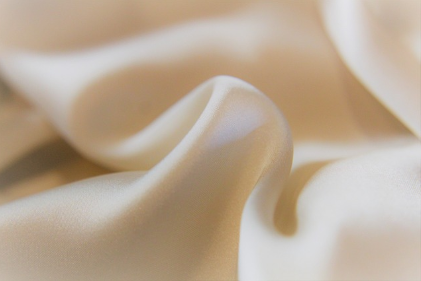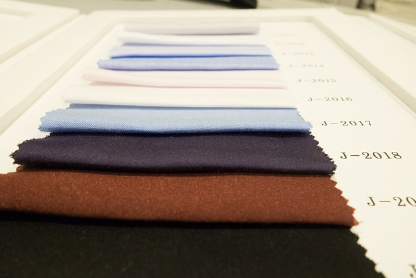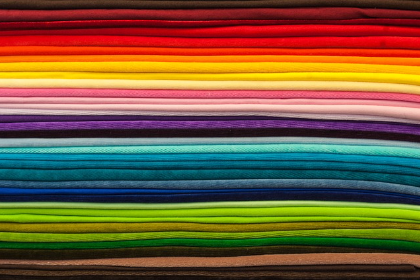
In the realm of footwear design, material selection is paramount. These are the fabrics and elements that give sneakers, boots, and sandals their distinct personality and functionality. At our company, we not only craft shoes but also guide our clients through the intricate world of materials to bring their unique designs to life, thereby facilitating the creation of their brand identity.
Understanding Shoe Material Types
- TPU (Thermoplastic Polyurethane): Known for its rigid yet bendable nature, TPU provides excellent support and protection. It's often utilized in Nike footwear to reinforce the upper for optimal support.
- Mesh Fabric: Constructed from nylon or polyester fibers, mesh fabric is lightweight and breathable, making it ideal for sports and running shoes.
- Nubuck Leather: Nubuck leather undergoes a sanding process to create a soft, breathable, and abrasion-resistant surface. It's commonly used in various mid to high-range Nike shoe designs.
- Full Grain Leather: Derived from cowhide, full-grain leather is breathable, durable, and exudes a sense of luxury. It's a staple material for Nike's premium sports footwear.

- Drag-on Toe Reinforcement: Crafted from ultra-fine fibers, this material offers exceptional durability, especially in tennis shoes, providing added protection to the toe area.
- Synthetic Leather: Made from microfiber and PU polymers, synthetic leather mirrors the qualities of genuine leather—lightweight, breathable, and durable. It's prominently featured in Nike's high-end athletic footwear.
Diving Deeper into Shoe Material Categories
- Uppers: Including leather, synthetic leather, textiles, rubber, and plastics. Leather uppers are often made from tanned cowhide or synthetic leather, while sneakers and rubber shoes utilize various synthetic resins and natural rubber.
- Linings: Consisting of cotton fabric, sheepskin, cotton batting, felt, synthetic fur, elastic flannel, etc. Shoe linings typically incorporate soft sheepskin or canvas for comfort, while winter shoes may utilize wool felt or nitro-treated fur.
- Soles: Comprising hard leather, soft leather, faux leather, fabric, rubber, plastic, rubber foam materials, etc. Hard leather, primarily used in leather shoes, may also serve as a base for fabric shoes. Additionally, rubber, both natural and synthetic, is prevalent in sports and fabric footwear.

- Accessories: Ranging from eyelets, laces, elastic fabric, nylon buckles, zippers, threads, nails, rivets, non-woven fabrics, cardboard, leather for insoles and main soles, various decorations, support pieces, adhesives, and paste.

Understanding these materials is crucial for crafting footwear that not only meets aesthetic expectations but also delivers on performance and durability.
Whether you're envisioning a classic leather heels or an avant-garde mesh creation, our expertise in shoe materials ensures your designs stand out in the crowded fashion landscape. Contact us today to explore our customization services and embark on your brand's footwear journey.
Post time: May-30-2024


